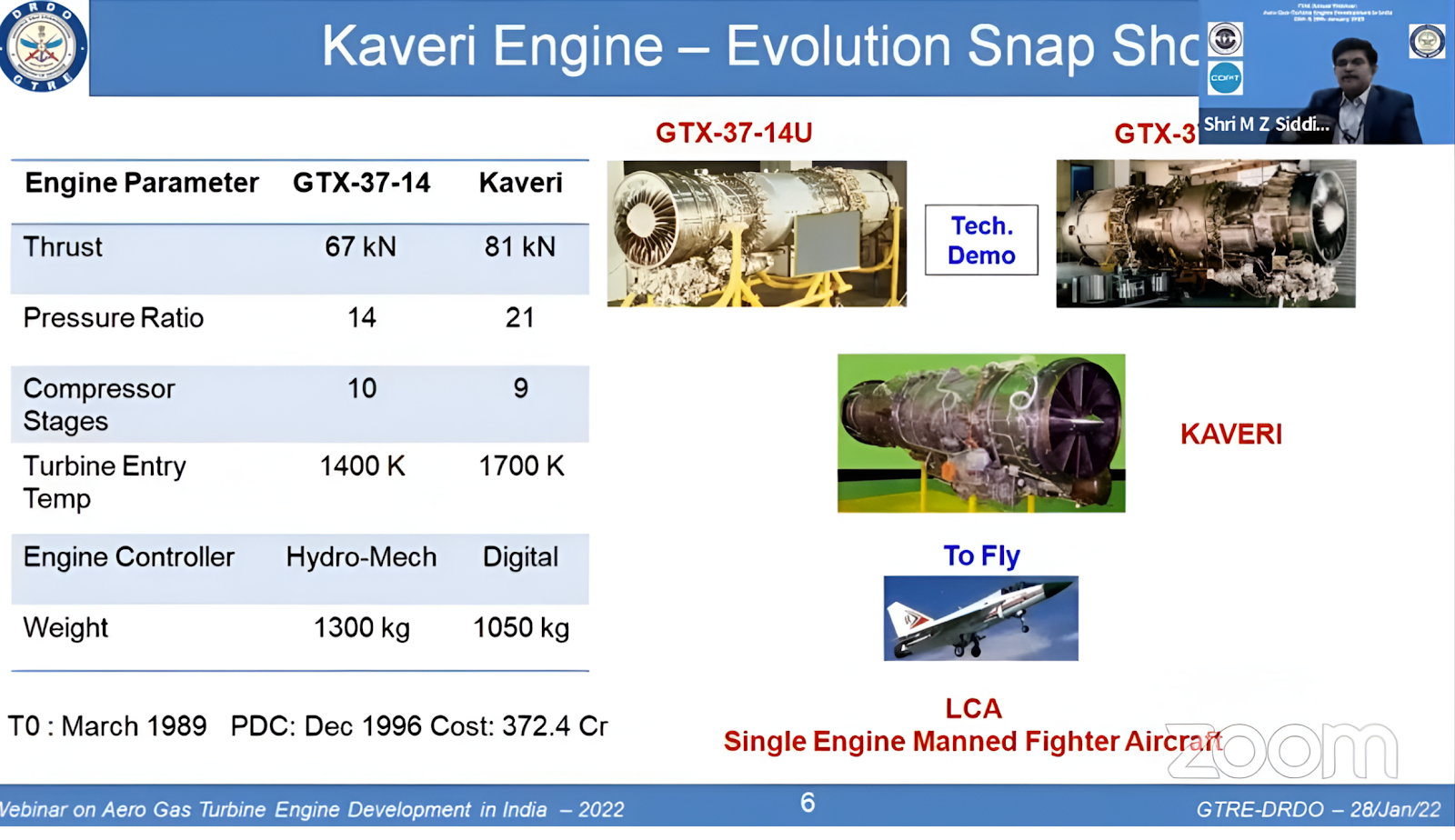Featured
- Get link
- X
- Other Apps
A Little Story about Heavy Press
In 1919, the Treaty of Versailles forced Germany to give up 48% of their iron ore production. In the 1930s, during the war, Nazi Germany started facing a shortage of steel after being deprived of their steel-rich regions; the remaining mines, on the other hand, produced a lot of Mg, a strong, light, and brittle metal. When hammered, the magnesium began to crack. Magnesium alloys are more difficult to forge due to their low plasticity, low sensitivity to strain rates, and narrow forming temperature.
The German scientists developed a method called high-pressure die casting used to increase the malleability of magnesium alloys, which helped overcome the challenges of its low plasticity and brittleness.
Hydraulic forging press at the Friedrich Krupp AG in Germany, 1938
 |
| Mesta 18,000-Ton Forging Press, Grafton Plant |
Following World War II and the partition of Germany, the USSR captured the prized 33,000-ton press. But they didn’t stop there; the Soviets also took the design blueprints for a 55,000-ton press, along with a host of German professionals. Germany, for its part, had developed several key presses: one 7,000-ton, three 16,500-ton, and one 33,000-ton press. Meanwhile, the United States secured the remaining four presses.
The Union had seized the largest of the German presses and was likely constructing additional ones, which posed a risk that the U.S. could lag behind in aircraft manufacturing capabilities. A second phase of the Heavy Press Program was undertaken. In 1950, the U.S. initiated work on ten new presses at a staggering cost of $239 million (equivalent to about $3 billion today). By 1952, the first of these presses was completed, and by 1954, all ten presses were up and running.
One of the most well-known presses in the history of heavy manufacturing is Alcoa’s 50,000-ton press. This press was rebuilt in 2012 at a cost of $100 million, illustrating its continued relevance and importance in the aerospace industry. Today, this press is used to produce titanium bulkheads for advanced fighter jets like the F-35 and F-15.
While the U.S. enjoyed a near-monopoly on heavy presses for a time, that didn’t last long. In 1957, NKMZ, a Ukrainian company, built a 75,000-ton press. This press is still in use today by VSMPO, a company at the forefront of aerospace manufacturing. Other countries soon followed suit, with France joining the ranks in 1974, buying a 65,000-ton press through NKMZ, which is now owned by Interforge.
 |
| NKMZ 75,000 ton press owned by VSMPO |
Today, China operates an 80,000-ton press built by China Erzhong, which is used to manufacture outer cylinders, landing gear for the 919 aircraft, and bulkheads for the People’s Liberation Army Air Force (PLAAF). Meanwhile, India has entered the scene with a 12,000-ton press and also operates a 10,000-ton press from Aequs. HAL of India is working on building a 50,000-ton press, which will be used to make bulkheads for AMCA and other components. Estimated Timelines for setting up of "High Capacity Forging Press" (20K and 50K Ton) is 2028-29 : HAL
 |
| HAL 50,000-ton press and 20,000 ton Forging Press |
- Get link
- X
- Other Apps
Comments




Noice, A little late but at least something is going on
ReplyDeleteGermany was mogging us decades ago 😖
ReplyDelete